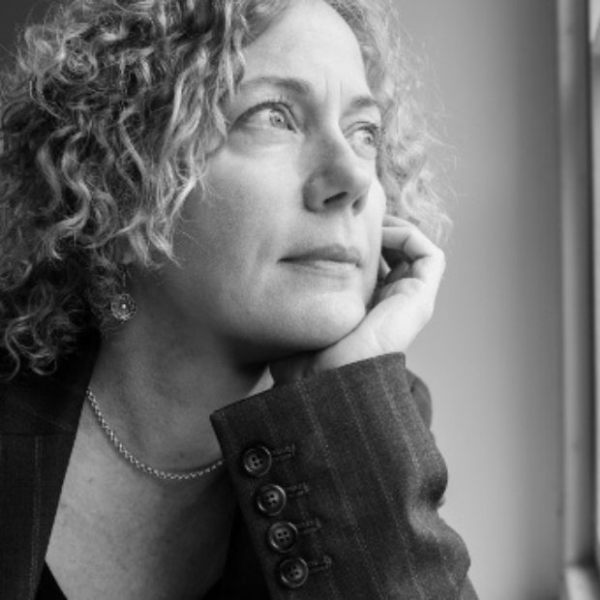Author, editor and creative writing lecturer Kylie Fitzpatrick encourages you to identify your protagonist's call to adventure.

The brilliant thing about the hero’s journey as a story framework is that it works at every level of narrative and applies to both the interior and exterior aspects of character and plot. It all begins with the call to adventure, which I’ll soon come to, but for now just bear in mind that, for a fictional character to feel ‘real’ to readers, the author too must listen for the call…
A quick note on gender specificity – I’m using hero as a generic term, but of course some of the most inspiring heroes are in fact heroines.
The call to adventure is what the anthropologist Joseph Campbell identified in the 1940s as the beginning of a page-turning quest, the hero’s journey, that lives deep within each of us. In three acts, the stages of the journey are: the Departure; the Initiation; the Return. But Campbell was actually drawing on a much much older storytelling model, which goes back to at least Babylonian times when the hero Gilgamesh set off to quest for the flower of immortality (also known as the fountain of youth and the philosophers stone), arguably the greatest treasure of all. We’ve reimagined this particular quest in folktales, myths, novels and films over the centuries and around the world, including in Highlander, Pirates of the Caribbean, and of course, Harry Potter and the Philosophers Stone.
In the hero’s journey model the fountain of youth, like the grail, is synonymous with whatever has the deepest meaning for the hero. In another story the hero might be ‘called’ to be a whistleblower or to save a life or to endure a physical or psychological trial. There are so many stories that fit into the quest model, each as individual as its author, including quieter stories about righting a wrong, or rekindling a long lost love.
The first stage, act one, is Departure; the call to adventure. Destiny summons the hero, who must now leave the known, predictable world and enter the unknown (which we writers are doing all the time!). A good way to test the beginning of a story is to create in your character as much resistance to change as you think they can withstand. Their ‘ordinary world’ is safe – why on earth would they gamble everything to take that dangerous road trip or to quit the salaried job they hate or to leave behind a life that is familiar and comfortable?! But finally they accept the call because, for some reason, it can’t be ignored.
In the second stage, act two, Initiation, the hero is tested many times and, crucially, may not always succeed (as in life), and may want, and try, to give up. Yet they must persevere. There will be allies, enemies, and guides and, occasionally, even supernatural aid. The hero perseveres because whatever calls them is more powerful than their fear of change; is so important and pressing; is something with personal meaning.
The final part of the journey, act three, is the Return. The hero often returns to where the story began – as Dorothy did in The Wizard of Oz and Frodo in The Lord of the Rings. A transformation has occurred – the hero is no longer the same. Campbell called this ‘returning with the elixir’.
 The quest to overcome a fear is, I always think, the ultimate adventure. And Campbell’s explanation for why we are drawn again and again to this story model: because the quest reflects life. Or at least, how we like to imagine life is or can be.
The quest to overcome a fear is, I always think, the ultimate adventure. And Campbell’s explanation for why we are drawn again and again to this story model: because the quest reflects life. Or at least, how we like to imagine life is or can be.
Myths and stories that are thousands of years old might fit effortlessly into the hero’s journey pattern because it is in fact a neural model – an intriguing idea that is explored by Will Storr in The Science of Storytelling. I highly recommend this book to anyone who wants to investigate further.
One of my favourite hero characters is the archer Katniss Everdeen in The Hunger Games. She takes up her bow and arrow to play a deadly game, first to protect the life of her younger sister and then to save her entire world from an evil mega-corporation. Katniss is a hero for our time because she defends what she believes, feels the fear and acts anyway, and empowers others to be heroic in their own way.
Kylie Fitzpatrick was born in Denmark to Australian parents and grew up in several cultures. She has a PhD in Creative Writing and a background in publishing and film & television, working in both as a writer, editor, and researcher in the U.S., Europe and Australia. As a Creative Writing tutor she has taught and lectured for twelve years at both Degree and Masters levels, and run workshops and courses for various institutions and arts bodies, publishers and online platforms. As an editor she has worked on hundreds of novels and continues to freelance for publishers and literary consultancies. Her four historical novels have been published in eleven languages, and she is currently developing a new novel.
Comments